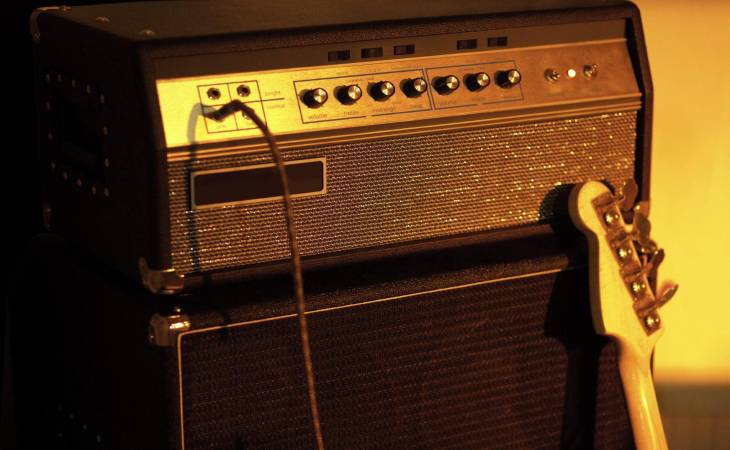Table of Contents
Introduction
An amplifier is a device that intensifies a signal’s amplitude (strength), characteristically a voltage or current. Moreover, amplifiers uses extend in various electronic systems to boost signals, providing amplified power, and are essential components in audio, radio frequency (RF), and many other applications.
Types of Amplifier:
- Audio Amplifiers: Amplify audio signals commonly found in audio, musical instruments and public address systems.
- Radio Frequency (RF) Amplifiers: These are used in communication systems to intensify signals in the radio frequency range.
- Operational (Op-Amps): High-gain amplifiers with multipurpose applications in analog circuits.
- Power Amps: Designed to deliver high power to drive speakers or other loads.
- Differential Amps: Amplify the voltage variance between two input signals.
- Instrumentation Amps: Provide high-precision amplification, often used in measurement and sensor applications.
- Class A, B, AB, and D Amps: Different classes outline the amplifier’s operating characteristics, efficiency, and distortion.
How Does an Amplifier Work?
An amplifier captures a weak input signal and increases its amplitude or power, typically through electronic components. In the case of audio amplifiers, an alternating current (AC) input signal is fed into a transistor or vacuum tube circuit.
Furthermore, the active device amplifies the signal by controlling the current flow, effectively replicating the input waveform with superior power. Subsequently, the boosted signal is directed to the output, ready to energize a speaker or another load.
However, feedback mechanisms, such as negative feedback, help control and stabilize the amplification process, confirming linearity and minimizing distortion to replicate the input signal at a higher power level accurately.
Basic Components of Amplifier:
- Input: Where the amplification of signal is applied.
- Output: Where the amplified signal is obtained.
- Power Supply: Provides the necessary electrical power for the amplifier to function.
- Gain Control: Adjusts the amplification level.
- Feedback: A share of the output signal is served back to the input to control the overall gain and improve performance.
Parameters of an Amplifier:
- Gain: The output to input amplitude ratio, stated in dB (decibels).
- Bandwidth: The range of frequencies over which the amplifier can sufficiently amplify.
- Input and Output Impedance: The impedance seen by the input and output terminals, affecting signal compatibility and stability.
- Linearity: Defines how well the amplifier maintains the shape of the input waveform.
- Distortion: Any surplus changes in the signal, often measured as Total Harmonic Distortion (THD).
- Noise: Undesirable random signals that can degrade the signal-to-noise ratio.
Amplifier Applications:
- Audio Systems: In speakers, headphones, and home theater systems.
- Communication Systems: In RF amplifiers for signal transmission and reception.
- Instrumentation: In accuracy measuring equipment.
- Guitar Amplifiers: For amplifying electric guitar signals.
- Medical Devices: Used in several medical instruments and devices.
Technology Trends of Amplifier:
- Integrated Circuits: Many modern amplifiers are implemented using integrated circuits (ICs) for compactness and efficiency.
- Digital Amplifiers: Utilize digital signal processing techniques for improved performance.
- Class-D Audio Amplifiers: Increasingly popular due to their high efficiency in audio applications.
Conclusion:
In conclusion, amplifiers play a crucial role in electronics by augmenting the strength of signals in various applications. These devices, from audio to communication systems, exploit active components like transistors or tubes to increase signal amplitude, providing the necessary power for effective transmission or reproduction.
Additionally, the choice of amplifier type hinges on factors such as power requirements, frequency range, and distortion tolerance. Consequently, as technology advances, integrated circuits, and digital signal processing techniques contribute to more efficient and compact amplifier designs.
In general, understanding amplification principles is vital for optimizing performance in miscellaneous electronic systems, ensuring accurate and powerful signal processing.

